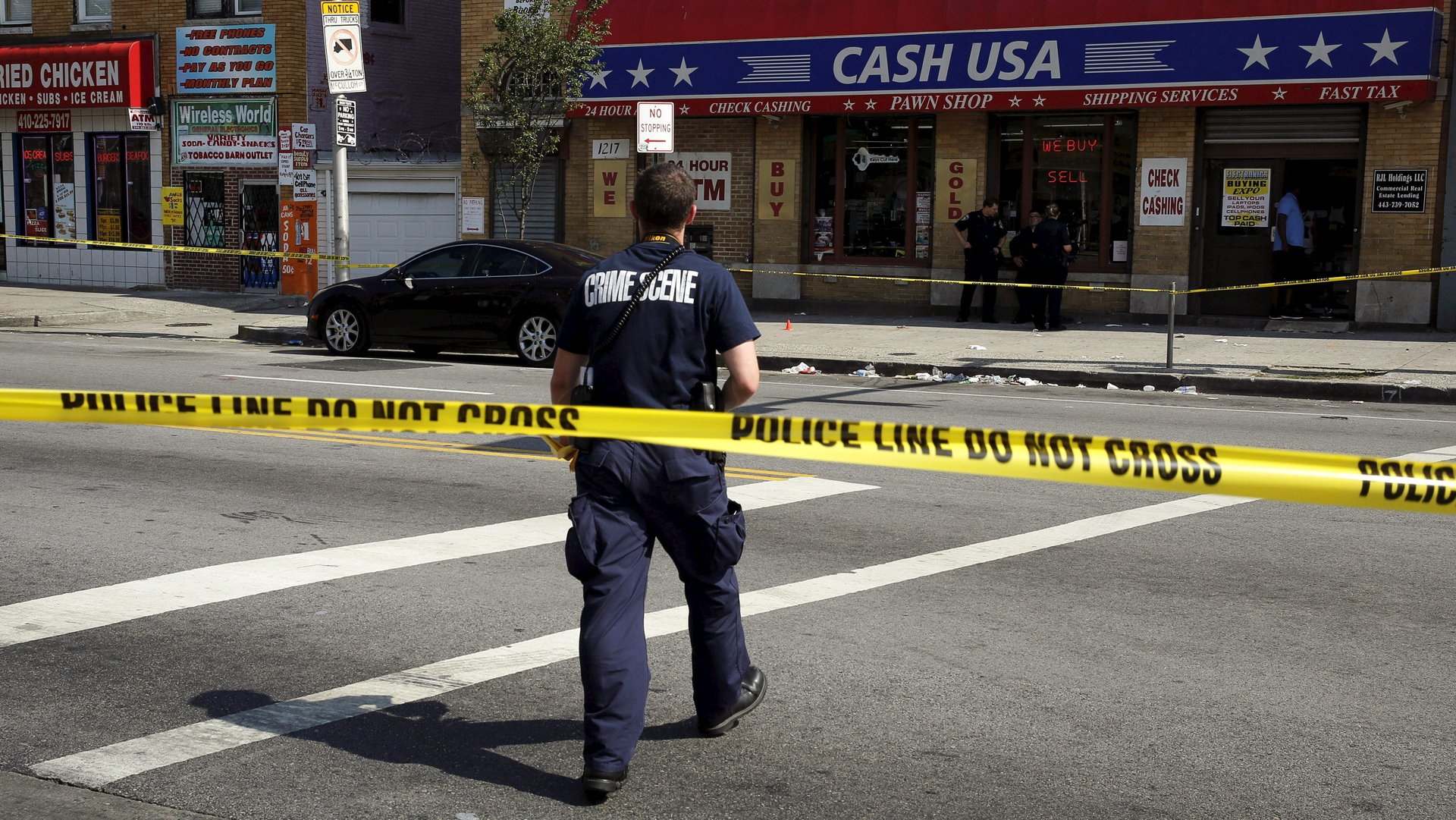The US murder rate was up again—and 20% of the national increase came in Chicago
New FBI data shows that violent crime in the United States, including homicide, increased for two years in a row. Although the uptick is concerning, experts and advocates caution that the statistics are not evidence of a new nationwide crime wave.


New FBI data shows that violent crime in the United States, including homicide, increased for two years in a row. Although the uptick is concerning, experts and advocates caution that the statistics are not evidence of a new nationwide crime wave.
For one, we still don’t know whether the rise is a blip, or not, for a country that has had historically low-violent crime levels in recent years. And while there are many theories (paywall) as to why the US has seen this rise in violence, one data point is pretty clear: The increase in murder rates is mostly concentrated in several big cities—with Chicago accounting for about one-fifth of the rise between 2015 and 2016.
Violent crime overall has gone up by 4.1% nationally. A total of 17,250 people were reported killed in the US in 2016, with the number of murders increasing by about 8.6% in comparison to 2015. Small towns experienced a significant increase in homicides, but it was still less than half of that seen in big cities (8.4% vs. 20.3%). The city of Chicago saw 765 murders in 2016, up from 468 in 2015, and 411 in 2014—while the city undoubtedly has a serious gun violence problem, this could have been a particularly bad year. On Sept. 17, Chicago hit 500 homicides this year, a 7% decline from the same period in 2016 (preliminary national data for 2017 from New York University’s Brennan Center for Justice also predict a slight decline in violent crime).
Other big cities that saw significant hikes last year included Baltimore and Las Vegas.
“The report, which covers January-December 2016, reaffirms that the worrying violent crime increase that began in 2015 after many years of decline was not an isolated incident,” the Justice Department said in a statement, echoing its alarmist crime- wave rhetoric from months past. “The Department of Justice is committed to working with our state, local, and tribal partners across the country to deter violent crime, dismantle criminal organizations and gangs, stop the scourge of drug trafficking, and send a strong message to criminals that we will not surrender our communities to lawlessness and violence,” said attorney general Jeff Sessions. Against a tide of “smart on crime” reform efforts around the country, the Trump administration has taken a more traditional “tough on crime” stance, which takes a particularly hard toll in minority communities.
John Pfaff, criminologist and law professor at Fordham University in New York, explained on Twitter why it’s important to note the Chicago increase, especially in terms of how authorities — including “Sessionites” approach the problem (data for Chicago neighborhoods is from the University of Chicago):